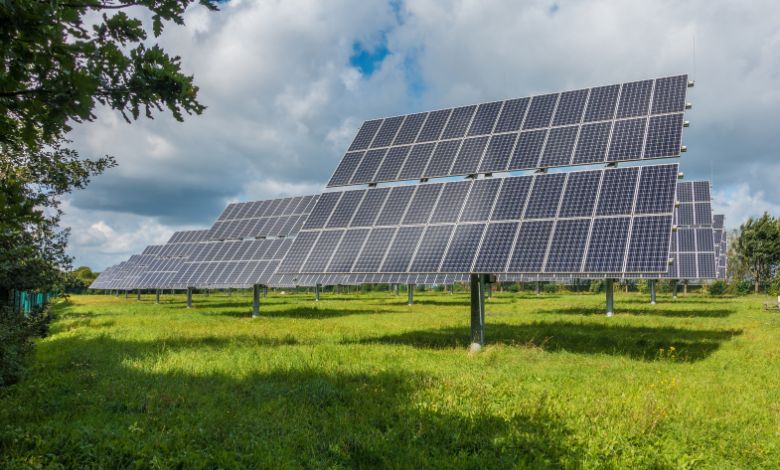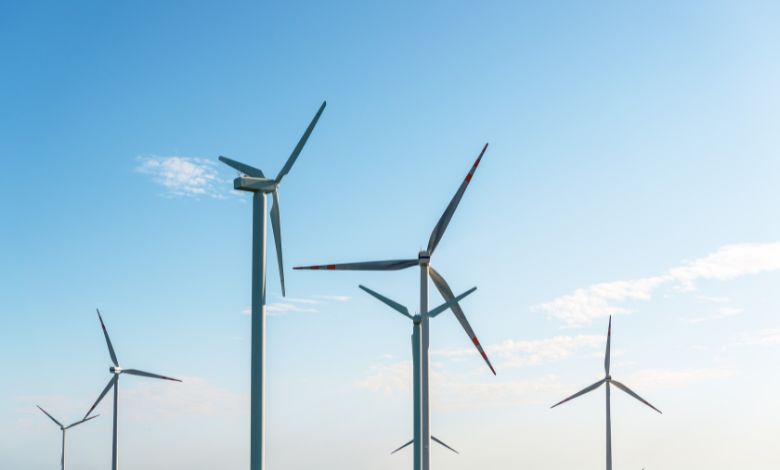Explore how much are non-renewable in renewable energy in the US. Explore current energy trends and the shift toward sustainability.
The U.S. energy system is at a turning point. On one side, we’ve got traditional energy sources like coal, natural gas, and oil that have powered the country for decades. On the other side, renewable energy options like solar, wind, and hydro are leading the way toward a cleaner, more sustainable future. Much like the buy now pay later business model transforming consumer finance, the shift to renewable energy represents a move toward greater flexibility and sustainability. So, where do things stand right now? How much of our energy still comes from non-renewable sources, and how does that fit into the bigger picture of renewable energy growth?
Let’s break it down and explore the data to get a clearer picture.
Article Breakdown
The Current Energy Mix in the U.S.

When you think about energy in the U.S., it’s hard not to picture the towering smokestacks of coal plants or sprawling fields of solar panels. Both are part of the story, but their roles in the energy mix are vastly different. Here’s how things stack up as of 2023:
- Fossil Fuels: Around 83% of the U.S. energy consumption still comes from fossil fuels. This includes petroleum (37%), natural gas (32%), and coal (14%).
- Renewable Energy: Renewables contribute about 9% to the overall energy consumption. The breakdown here includes wind, solar, biomass, geothermal, and hydropower.
- Nuclear Power: Nuclear energy, while technically non-renewable, provides a steady 9% of the total energy mix.
Imagine a pie chart: the fossil fuel slice is still massive, while renewables are the sliver slowly expanding. But don’t let the small numbers fool you, renewables are growing at a breakneck pace, and their potential is immense.
A Quick Visual
Think of it this way: if the U.S. energy mix were a 10-slice pizza, 8 slices would still be fossil fuels. One slice would be nuclear, and the last slice would be shared among all renewables. That’s where we are today. Now let’s talk about what’s driving these numbers.
Non-Renewables in Renewable Systems
Here’s a surprising twist: non-renewable sources often play a supporting role in renewable energy systems. Sounds counterintuitive, right? Let me explain.
Natural Gas as a Backup
Renewables like solar and wind are intermittent, they depend on the sun shining or the wind blowing. When the weather isn’t cooperating, natural gas steps in to fill the gaps. It’s like having a reliable friend who’s always there when you need them. This “peaking” capability of natural gas is essential for maintaining a stable power grid.
Hybrid Power Plants
Some power plants combine renewable and non-renewable sources. For example, a solar thermal plant might use natural gas to boost output during cloudy days. It’s not the perfect green solution, but it’s a practical one for now.
Seeing This in Action
A few years ago, I visited a solar farm in California. It was awe-inspiring to see acres of panels soaking up the sun. But what caught my attention was the small natural gas generator nearby. When I asked about it, the operator explained how it kicked in during cloudy stretches. It was a humbling reminder that even as we move toward renewables, we’re not entirely free from non-renewables yet.
Trends and Projections for 2050
So, where are we headed? The future of energy in the U.S. is a dynamic and exciting field. Let’s break it down:
Fossil Fuels: The Slow Decline
The U.S. Department of Energy predicts that by 2050, fossil fuels will still account for about 66% of the energy mix. That’s a significant drop from today’s 83%, but it’s clear that fossil fuels aren’t going away overnight.
Renewables: The Rising Star
Renewables are expected to grow by an average of 3.1% annually, reaching nearly 30% of the energy mix by 2050. Wind and solar will lead the charge, thanks to declining costs and improved efficiency.
Nuclear Energy: A Steady Player
Nuclear power’s share will remain relatively stable. While it doesn’t grab headlines like wind or solar, nuclear energy provides a reliable, low-carbon source of electricity.
Visualizing the Transition
Imagine a relay race: fossil fuels are still running, but they’re starting to pass the baton to renewables. By 2050, the race will look much different, with renewables taking a more prominent lead.
Why It Matters
Energy isn’t just an abstract concept; it affects our daily lives, the economy, and the planet. Here are a few reasons why understanding the energy mix is crucial:
Environmental Impact
Fossil fuels are the largest contributors to greenhouse gas emissions. Transitioning to renewables isn’t just a nice idea, it’s a necessity for combating climate change.
Economic Implications
Energy costs ripple through the economy. As renewables become more affordable, they can reduce energy bills for households and businesses.
Energy Independence
Relying less on imported fossil fuels makes the U.S. more energy independent, enhancing national security.
My Perspective
I’ve always believed that energy decisions are deeply personal. Whether it’s choosing to install solar panels at home or supporting policies that promote renewables, we all have a role to play. For me, installing a small wind turbine on my property was a game-changer. It wasn’t just about saving on electricity bills; it felt empowering to contribute to a cleaner energy future.
Takeaways
Let’s recap the key insights and what they mean for you:
- The Dominance of Fossil Fuels: Fossil fuels still dominate the U.S. energy mix, but their share is gradually decreasing.
- The Rise of Renewables: Renewable energy is growing rapidly and will play a much larger role in the coming decades.
- The Role of Non-Renewables in Renewables: Non-renewables, like natural gas, often support renewable energy systems as we transition.
- Your Role Matters: From personal choices to advocacy, everyone can contribute to a sustainable energy future.
Useful Resources:
- World Energy Outlook 2024 – Analysis – IEA: This report explores major trends in energy demand and supply, focusing on implications for energy security, emissions, and economic development.
- What are the different types of renewable energy? – National Grid: An overview of renewable energy sources that are natural, self-replenishing, and typically have low or zero emissions.
- Renewable Energy – U.S. Department of Energy: Discusses renewable energy from unlimited, naturally replenished resources like the sun, tides, and wind, and their applications in electricity.
- Renewable Energy – MIT Climate Portal: Explains renewable energy sources that are inexhaustible, such as wind and solar power, and their role in sustainable energy solutions.



